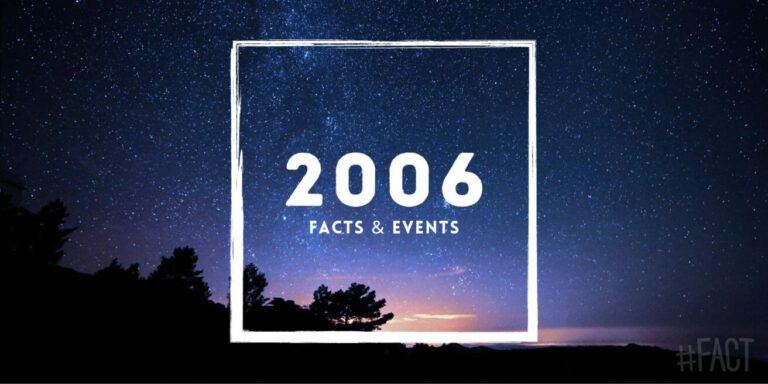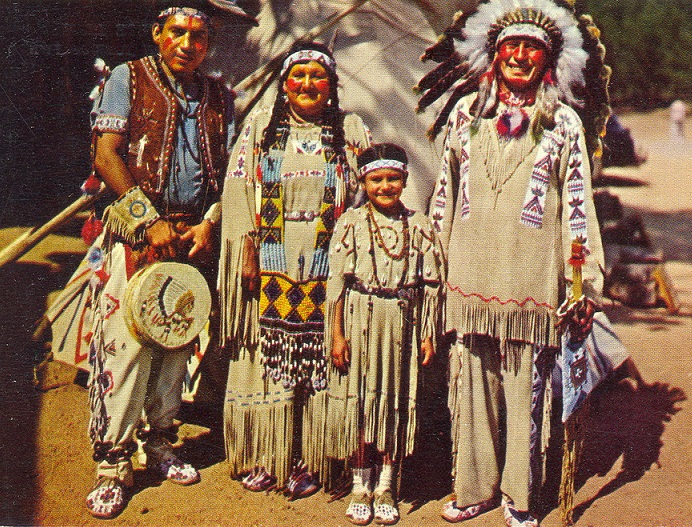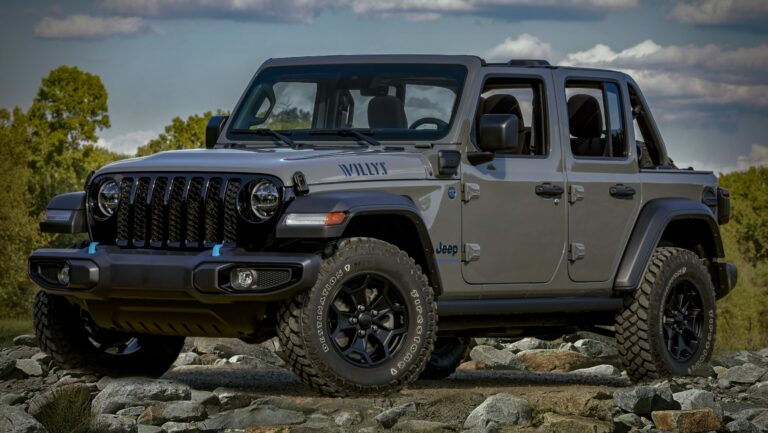Jeep Wrangler Tub For Sale: Your Ultimate Guide to Restoring, Repairing, or Reimagining Your Iconic Off-Roader
Jeep Wrangler Tub For Sale: Your Ultimate Guide to Restoring, Repairing, or Reimagining Your Iconic Off-Roader jeeps.truckstrend.com
The Jeep Wrangler is more than just a vehicle; it’s a symbol of freedom, adventure, and rugged capability. For many enthusiasts, owning a Wrangler is a passion, a canvas for customization, and a commitment to keeping a legend alive. However, even the most robust vehicles succumb to time, rust, or unforeseen damage. This is where the concept of a "Jeep Wrangler Tub For Sale" becomes incredibly relevant.
But what exactly is a "tub" in the context of a Jeep Wrangler? Simply put, the tub refers to the main body shell of the vehicle, encompassing the floorboards, rocker panels, firewall, cowl, and often the rear wheel wells and tailgate opening. It’s the core structure upon which the rest of the Jeep – the frame, engine, transmission, axles, and interior components – is built. Whether you’re undertaking a full-scale restoration, repairing significant rust or collision damage, or embarking on a custom build, finding the right tub is a critical first step. This comprehensive guide will navigate you through everything you need to know about purchasing a Jeep Wrangler tub, ensuring your project starts on the right foundation.
Jeep Wrangler Tub For Sale: Your Ultimate Guide to Restoring, Repairing, or Reimagining Your Iconic Off-Roader
Why Consider a Jeep Wrangler Tub For Sale? The Driving Reasons
The decision to buy a replacement Jeep Wrangler tub isn’t trivial; it’s often driven by significant circumstances. Understanding these reasons can help clarify your own needs and guide your search.
- Restoration Projects: For owners of classic CJs, YJs, or even early TJs, rust is an inevitable adversary. Rather than patching countless holes, a new or well-preserved used tub offers a solid foundation to bring a vintage Jeep back to its former glory, or even better.
- Severe Damage Repair: Accidents, rollovers, or extreme off-road incidents can compromise the structural integrity of a Jeep’s body. When the damage is too extensive or costly to repair through conventional bodywork, replacing the entire tub becomes the most practical and often safest solution.
- Rust Remediation: This is perhaps the most common reason. Salt, moisture, and time can relentlessly eat away at the steel, particularly in floorboards, rocker panels, and body mounts. A new tub eradicates these issues, providing a fresh start without hidden corrosion.
- Custom Builds and Modifications: For the truly ambitious, a bare tub is the perfect starting point for a highly customized build. This could involve stretching the wheelbase, converting to a flatfender style, or creating a unique hybrid vehicle. Starting with a clean tub simplifies the fabrication process.
- Replacing a Worn-Out Tub: Beyond rust and damage, years of hard use can simply wear out a tub. Flexing, vibrations, and constant exposure to the elements can lead to cracks, fatigued metal, and general structural fatigue, making a replacement a necessity for long-term durability.

Navigating the Market: Types of Jeep Wrangler Tubs Available
The market for Jeep Wrangler tubs offers several distinct options, each with its own advantages and disadvantages in terms of cost, durability, and authenticity.
1. OEM (Original Equipment Manufacturer) Used Tubs
These are tubs salvaged from donor vehicles. They are original factory parts, meaning fitment is generally perfect.
- Pros: Original factory fit and finish; potentially lower initial cost; maintains original vehicle integrity.
- Cons: Condition varies wildly (rust, dents, previous repairs are common); hidden damage can be a concern; may require significant prep work (sanding, rust treatment, bodywork) before paint.
- Where to Find: Salvage yards, auto dismantlers, online marketplaces (eBay, Craigslist, Facebook Marketplace), Jeep-specific forums and enthusiast groups. Thorough inspection is paramount.
2. Aftermarket Steel Tubs
Several reputable manufacturers produce brand-new steel replacement tubs. These are designed to mimic the original factory specifications but are made with new materials and modern manufacturing techniques.
- Manufacturers: Brands like Omix-ADA, Crown Automotive, Quadratec (distributing other brands), and sometimes specialized fabricators for older models (e.g., MD Juan for CJs).
- Pros: Brand new, no rust or hidden damage; often made with thicker gauge steel than OEM for improved durability; comes ready for primer and paint (though surface prep is still needed).
- Cons: Higher initial cost than most used tubs; minor fitment adjustments might occasionally be required due to manufacturing tolerances; shipping costs can be substantial due to size and weight.
3. Aftermarket Fiberglass Tubs
An increasingly popular option, particularly for older models, fiberglass tubs offer a rust-proof alternative to steel.
- Manufacturers: Often produced by smaller, specialized composite manufacturers.
- Pros: Completely rust-proof; significantly lighter than steel, which can improve performance and fuel economy; easier to repair minor damage (though major damage can be challenging); can be smoother for paint prep.
- Cons: Generally more expensive than steel tubs; can be more brittle and susceptible to cracking under impact or extreme off-road stress; not as robust for mounting heavy accessories or roll cages without additional reinforcement; some enthusiasts prefer the "feel" of steel.
4. Model-Specific Tubs
While the general principles apply, the availability and demand for tubs vary by Jeep model:
- CJ Tubs (CJ-5, CJ-7, CJ-8 Scrambler): High demand for restoration. Aftermarket steel and fiberglass are readily available.
- YJ Tubs (1987-1995 Wrangler): Strong demand due to age and common rust issues. Aftermarket steel and fiberglass options exist.
- TJ Tubs (1997-2006 Wrangler): Also prone to rust, especially in northern climates. Aftermarket steel tubs are available, and used OEM tubs are common.
- JK Tubs (2007-2018 Wrangler): Less common to replace the full tub due to newer age and more complex body structure. Replacements are usually salvaged OEM or panel-by-panel.
- JL Tubs (2018+ Wrangler): Very rare for full tub replacement outside of severe salvage situations.
Crucial Considerations When Purchasing a Tub: Don’t Buy Blindly!
A tub is a major investment and the foundation of your Jeep. Thorough consideration before purchase is paramount.
-
Condition is King (for Used Tubs):
- Rust: Inspect everywhere. Common areas include floorboards (especially under pedals and seats), rocker panels, body mounts, cowl area (under the windshield), and rear corners. Look for bubbling paint, soft spots, or obvious holes. Surface rust is manageable; structural rust is a deal-breaker unless you’re a skilled fabricator.
- Dents and Damage: Minor dents are fixable, but severe damage, especially in structural areas like the cowl or firewall, can be very difficult and costly to repair.
- Previous Repairs: Look for signs of shoddy patch jobs, excessive body filler, or mismatched welds.
- Alignment: If the tub is still on a frame, check door gaps and overall squareness.
-
Completeness:
- Bare Tub: Just the main shell. Requires you to transfer or purchase a dashboard, firewall components, inner fenders, tailgate, etc. This is typical for aftermarket tubs.
- Partially Dressed Tub: May include the dash, firewall, or other components. This can save time but ensure the included parts are in good condition.
-
Model Year Compatibility: Critical! Jeep tubs, even within the same generation, can have subtle differences in mounting points, bolt patterns, and wiring harness pass-throughs. Always verify the exact model year match. A YJ tub will not bolt directly onto a TJ frame without significant fabrication, and vice-versa.
-
Material Choice (Steel vs. Fiberglass): Revisit the pros and cons discussed above in relation to your intended use (daily driver, hardcore off-roader, show vehicle) and climate.
-
Shipping and Logistics: Tubs are large, awkward, and heavy. Shipping costs, especially freight, can add significantly to the total price. Factor this into your budget. Local pickup can save a lot of money but requires a suitable vehicle (trailer or large flatbed) and assistance for loading/unloading.
-
Legalities: While the primary VIN is on the frame, some jurisdictions may have specific requirements for body replacements. Always check your local DMV regulations. Ensure the seller is legitimate.
-
Budget: Beyond the purchase price, factor in shipping, potential repairs/prep (for used tubs), bodywork, paint, and new body mounts. This is a significant project.
The Buying Process: A Step-by-Step Guide
Embarking on a tub replacement project requires a systematic approach.
- Define Your Needs Clearly: What specific model and year is your Jeep? What is your budget? Are you looking for a perfect restoration, a functional repair, or a custom build? New, used, steel, or fiberglass?
- Research Sources:
- Online Marketplaces: eBay, Craigslist, Facebook Marketplace (look for Jeep-specific groups). Filter by location to reduce shipping costs.
- Jeep Forums & Communities: Dedicated forums are excellent for finding parts from fellow enthusiasts who understand the value and nuances.
- Specialty Aftermarket Retailers: Quadratec, Morris 4×4 Center, Summit Racing, Extreme Terrain – these are reliable sources for new aftermarket tubs.
- Salvage Yards/Auto Recyclers: Call ahead to see if they have Wranglers that could yield a good tub. Be prepared to visit in person.
- Inspect Thoroughly (or Request Detailed Photos/Videos): For used tubs, this is critical. Ask for high-resolution photos of all common rust areas, underside, and any damage. Ask for a video walkthrough. If possible, inspect in person.
- Verify Compatibility: Double-check part numbers, model years, and any specific notes from the manufacturer or seller.
- Negotiate Price: Especially for used tubs, there’s often room for negotiation based on condition. For new tubs, shop around for the best price including shipping.
- Arrange Shipping or Pickup: Coordinate logistics well in advance. For freight, ensure you have a way to offload the tub at your destination.
- Prepare for Installation: Once the tub arrives, ensure you have the necessary tools, space, and potentially extra hands for the major undertaking of swapping the body.
Tips for a Successful Tub Replacement Project
Replacing a Jeep Wrangler tub is a major undertaking, but with careful planning, it’s achievable for the dedicated enthusiast.
- Document Everything: Take hundreds of photos and videos during disassembly. This will be invaluable during reassembly for wiring, hose routing, and component placement.
- Organize and Label: Use Ziploc bags, plastic bins, and a labeling system for every bolt, nut, and small part removed. This will save immense frustration later.
- Inspect and Prepare the Frame: Before mounting the new tub, thoroughly inspect your frame for rust, cracks, or bends. Clean, treat rust, and paint the frame if necessary. A new tub on a bad frame is a waste.
- Replace Body Mounts: Always install new body mount bushings. The old rubber mounts are likely compressed, cracked, and worn out, leading to squeaks and poor ride quality.
- Surface Prep is Key: Whether new or used, proper cleaning, degreasing, sanding, priming (epoxy primer is highly recommended), and painting are essential for longevity and a professional finish. Don’t skip steps.
- Wiring and Plumbing: Be meticulous when disconnecting and reconnecting wiring harnesses, fuel lines, and brake lines. Take clear pictures.
- Consider Professional Help: If you’re uncomfortable with structural work, welding, or professional-level paint, consider hiring specialists for those specific stages.
Potential Challenges and Solutions
No major project is without its hurdles. Be prepared for these common challenges:
- Hidden Rust/Damage (Used Tubs):
- Solution: Thorough pre-purchase inspection, even if it means driving a long distance. Ask for specific photos of known problem areas. Budget for potential bodywork.
- Fitment Issues (Aftermarket Tubs):
- Solution: While generally good, aftermarket tubs may require minor shimming, drilling of new holes, or slight grinding for perfect alignment. Have appropriate tools ready.
- Shipping Damage:
- Solution: Inspect the tub immediately upon delivery, before signing the delivery receipt. Document any damage with photos and refuse delivery if severe, or note it clearly on the delivery receipt.
- Cost Overruns:
- Solution: Build a contingency fund into your budget (e.g., 15-20% extra) for unexpected parts, tools, or professional services.
- Complexity of Disassembly/Reassembly:
- Solution: Take your time. Don’t rush. Refer to service manuals, online guides, and your documented photos. Enlist help from friends or a local Jeep club.
Pricing Guide: Jeep Wrangler Tubs For Sale (Estimated Ranges)
Please note that these prices are estimates and can vary wildly based on condition, completeness, manufacturer, location, and current market demand. Shipping costs are not included and can add hundreds, sometimes over a thousand dollars, depending on distance and carrier.
| Tub Type | Material | Model Compatibility (Examples) | Condition | Estimated Price Range (USD) | Notes



